مدل سازی و تحلیل سیستم های دینامیکی (Modeling and Analysis of Dynamic Systems) مشتمل بر 10 فصل، 558 صفحه، به زبان انگلیسی، همراه با تصاویر، فرمول ها و جداول مهم، با فرمت pdf گردآوری شده است...
محصولات مرتبط
مدل سازی و تحلیل سیستم های دینامیکی
(Modeling and Analysis of Dynamic Systems)
مشتمل بر 10 فصل، 558 صفحه، به زبان انگلیسی، همراه با تصاویر، فرمول ها و جداول مهم، با فرمت pdf، به ترتیب زیر گردآوری شده است:
- Chapter 1: Introduction to MATLAB, Simulink, and Simscape
- Chapter 2: Complex Analysis, Differential Equations, and Laplace Transformation
- Chapter 3: Matrix Analysis
- Chapter 4: System Model Representation
- Chapter 5: Mechanical System
- Chapter 6: Electrical, Electronic, and Electromechanical Systems
- Chapter 7: Fluid and Thermal Systems
- Chapter 8: System Response
- Chapter 9: Introduction to Vibrations
- Chapter 10: Introduction to Feedback Control Systems
در قسمت محتوای آموزش می توانید به مشخصات کلیه فصل ها دسترسی داشته باشید
مدل سازی و تحلیل سیستم های دینامیکی (Modeling and Analysis of Dynamic Systems) مشتمل بر 10 فصل، 558 صفحه، به زبان انگلیسی، همراه با تصاویر، فرمول ها و جداول مهم، با فرمت pdf، به ترتیب زیر گردآوری شده است:
Chapter 1: Introduction to MATLAB, Simulink, and Simscape
MATLAB Command Window and Command Prompt
User Defined Functions and Script Files
Creating a Script File
Defining and Evaluating Functions
Iterative Calculations
Matrices and Vectors
Differentiation and Integration
Plotting in MATLAB
Plotting Data Points
Plotting Analytical Expressions
Simulink
Block Library
Building a New Model
Simulation
Simscape
Block Library
Building a New Model and Simulation
Simulation
Chapter 2: Complex Analysis, Differential Equations, and Laplace Transformation
Complex Analysis
Complex Numbers in Rectangular Form
Magnitude
Complex Conjugate
Complex Numbers in Polar Form
Complex Algebra Using the Polar Form
Integer Powers of Complex Numbers
Roots of Complex Numbers
Complex Variables and Functions
Differential Equations
Linear, First-Order Differential Equations
Second-Order Differential Equations with Constant Coefficients
Homogeneous Solution
Particular Solution
Laplace Transformation
Linearity of Laplace and Inverse Laplace Transforms
Differentiation and Integration of Laplace Transforms
Differentiation of Laplace Transforms
Integration of Laplace Transforms
Special Functions
Unit-Step Function
Unit-Ramp Function
Unit-Pulse Function
Unit-Impulse (Dirac Delta) Function
The Relation between Unit-Impulse and Unit-Step
Functions
Periodic Functions
Laplace Transforms of Derivatives and Integrals
Laplace Transforms of Derivatives
Laplace Transforms of Integrals
Inverse Laplace Transformation
Partial-Fraction Expansion Method
Performing Partial Fractions in MATLAB
Convolution Method
Final-Value Theorem and Initial-Value Theorem
Final-Value Theorem
Initial-Value Theorem
Summary
Chapter 3: Matrix Analysis
Vectors and Matrices
Special Matrices
Elementary Row Operations
Rank of a Matrix
Determinant of a Matrix
Properties of Determinant
Rank in Terms of Determinant
Block Diagonal and Block Triangular Matrices
Inverse of a Matrix
Adjoint Matrix
Solution of Linear Systems of Equations
Gauss Elimination Method
Using the Inverse of the Coefficient Matrix
Cramer’s Rule
Homogeneous Systems
Matrix Eigenvalue Problem
Solving the Eigenvalue Problem
Algebraic Multiplicity and Geometric Multiplicity
Generalized Eigenvectors
Similarity Transformations
Matrix Diagonalization
Defective Matrices
Summary
Chapter 4: System Model Representation
Configuration Form
Second-Order Matrix Form
State-Space Form
State Variables, State-Variable Equations, State Equation
State-Variable Equations
State Equation
Output Equation, State-Space Form
Output Equation
State-Space Form
Decoupling the State Equation
Input–Output Equation, Transfer Function
Input–Output Equations from the System Model
Transfer Functions from the System Model
Relations between State-Space Form, Input–Output Equation and Transfer Matrix
Input–Output Equation to State-Space Form
Controller Canonical Form
State-Space Form to Transfer Matrix
Block Diagram Representation
Block Diagram Operations
Summing Junction
Series Combinations of Blocks
Parallel Combinations of Blocks
Integration
Closed-Loop Systems
Block Diagram Reduction Techniques
Moving a Branch Point
Moving a Summing Junction
Mason’s Rule
Block Diagram Construction from System Model
Linearization
Linearization of a Nonlinear Element
Functions of Two Variables
Linearization of a Nonlinear Model
Operating Point
Linearization Procedure
Small-Angle Linearization
Linearization with MATLAB Simulink
Summary
Chapter 5: Mechanical System
Mechanical Elements
Mass Elements
Spring Elements
Damper Elements
Equivalence
Translational Systems
Degrees of Freedom
Newton’s Second Law
Free-Body Diagrams
Static Equilibrium Position and Coordinate Reference
Massless Junctions
D’Alembert’s Principle
Rotational Systems
General Moment Equation
Modeling of Rigid Bodies in Plane Motion
Mass Moment of Inertia
Pure Rolling Motion
Mixed Systems: Translational and Rotational
Force and Moment Equations
Energy Method
Gear–Train Systems
System Modeling with Simulink and Simscape
Translational Systems
Rotational Systems
Summary
Chapter 6: Electrical, Electronic, and Electromechanical Systems
Electrical Elements
Resistors
Inductors
Capacitors
Electric Circuits
Kirchhoff’s Voltage Law
Kirchhoff’s Current Law
Node Method
Loop Method
State Variables of Circuits
Operational Amplifiers
Electromechanical Systems
Elemental Relations of Electromechanical Systems
Armature-Controlled Motors
Field-Controlled Motors
Impedance Methods
Impedances of Electric Elements
Series and Parallel Impedances
Mechanical Impedances
System Modeling with Simulink and Simscape
Electric Circuits
Operational Amplifiers
DC Motors
Summary
Chapter 7: Fluid and Thermal Systems
Pneumatic Systems
Ideal Gases
Pneumatic Capacitance
Modeling of Pneumatic Systems
Liquid-Level Systems
Hydraulic Capacitance
Hydraulic Resistance
Modeling of Liquid-Level Systems
Thermal Systems
First Law of Thermodynamics
Thermal Capacitance
Thermal Resistance
Modeling of Heat Transfer Systems
System Modeling with Simulink and Simscape
Summary
Chapter 8: System Response
Types of Response
Transient Response and Steady-State Response
Transient Response of First-Order Systems
Free Response of First-Order Systems
Impulse Response of First-Order Systems
Step Response of First-Order Systems
Ramp Response of First-Order Systems
Transient Response of Second-Order Systems
Free Response of Second-Order Systems
Initial Response in MATLAB
Impulse Response of Second-Order Systems
Impulse Response in MATLAB
Step Response of Second-Order Systems
Step Response in MATLAB
Response Analysis Using MATLAB Simulink
Frequency Response
Frequency Response of Stable, Linear Systems
Frequency Response of First-Order Systems
Frequency Response of Second-Order Systems
Bode Diagram
Plotting Bode Diagrams in MATLAB
Bode Diagram of First-Order Systems
Bode Diagram of Second-Order Systems
Solving the State Equation
Formal Solution of the State Equation
Matrix Exponential
Formal Solution in MATLAB
Solution of the State Equation via Laplace Transformation
Solution of the State Equation via State-Transition Matrix
Response of Nonlinear Systems
Numerical Solution of the State-Variable Equations
Fourth-Order Runge–Kutta Method
Response via MATLAB Simulink
Response of the Linearized Model
Summary
Chapter 9: Introduction to Vibrations
Free Vibration
Logarithmic Decrement
Coulomb Damping
Forced Vibration
Half-Power Bandwidth
Rotating Unbalance
Harmonic Base Excitation
Vibration Suppressions
Vibration Isolators
Vibration Absorbers
Modal Analysis
Eigenvalue Problem
Orthogonality of Modes
Response to Initial Excitations
Response to Harmonic Excitations
Vibration Measurement and Analysis
Vibration Measurement
System Identification
Summary
Chapter 10: Introduction to Feedback Control Systems
Basic Concepts and Terminologies
Stability and Performance
Stability of Linear Time-Invariant Systems
Time-Domain Performance Specifications
Frequency-Domain Performance Specifications
Benefits of Feedback Control
Stabilization
Disturbance Rejection
Reference Tracking
Sensitivity to Parameter Variations
Proportional–Integral–Derivative Control
Proportional Control
Proportional–Integral Control
PID Control
Ziegler–Nichols Tuning of PID Controllers
Root Locus
Root Locus of a Basic Feedback System
Analysis Using Root Locus
Control Design Using Root Locus
Bode Plot
Bode Plot of a Basic Feedback System
Analysis Using Bode Plot
Control Design Using Bode Plot
Full-State Feedback
Analysis of State-Space Equations
Control Design for Full-State Feedback
Integration of Simulink and Simscape into Control Design
Control System Simulation Using Simulink
Integration of Simscape into Control System Simulation

جهت خرید آموزش Modeling and Analysis of Dynamic Systems به مبلغ استثنایی فقط 20000 تومان و دانلود آن بر لینک افزودن به سبد خرید در پنجره بالا کلیک نمایید.
!!لطفا قبل از خرید از فرشگاه اینترنتی برتر فایل قیمت محصولات ما را با سایر محصولات مشابه و فروشگاه ها مقایسه نمایید!!


 فقط پیامک (09010609492)
فقط پیامک (09010609492)
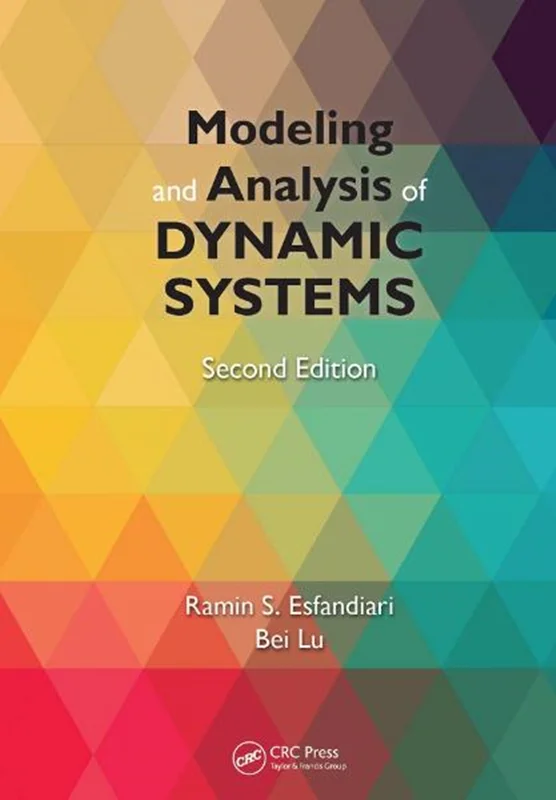


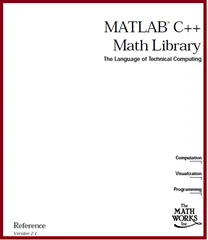


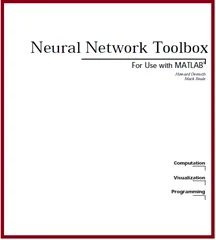
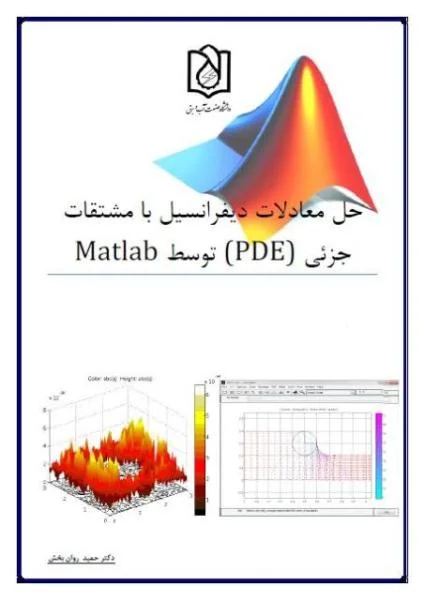
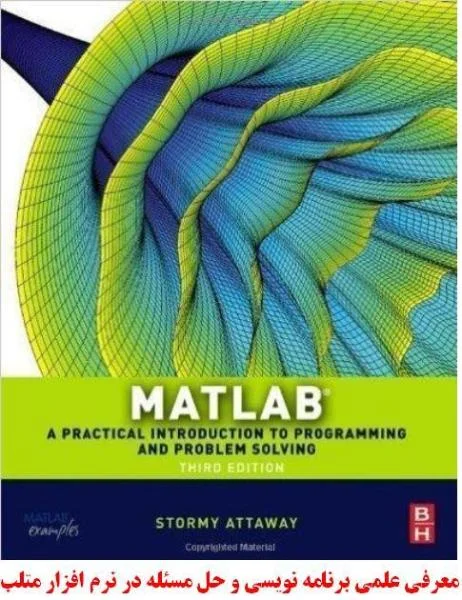
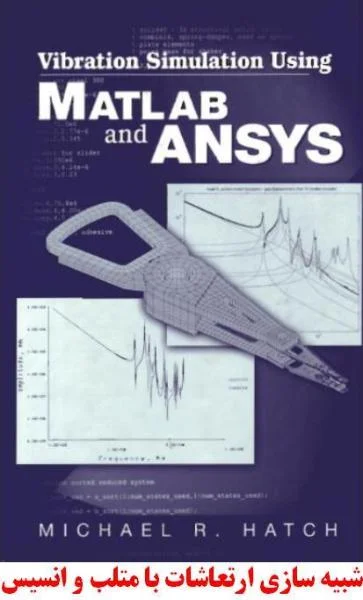



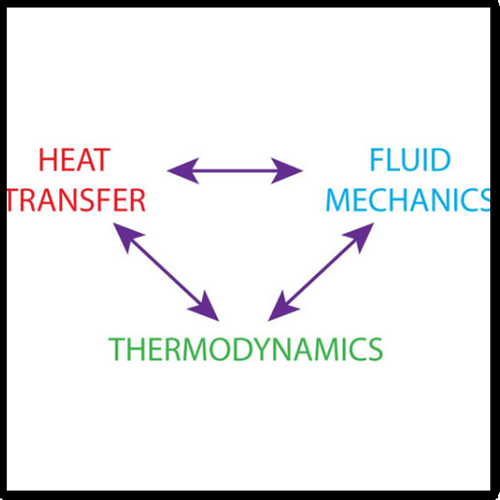
دیدگاه خود را بنویسید